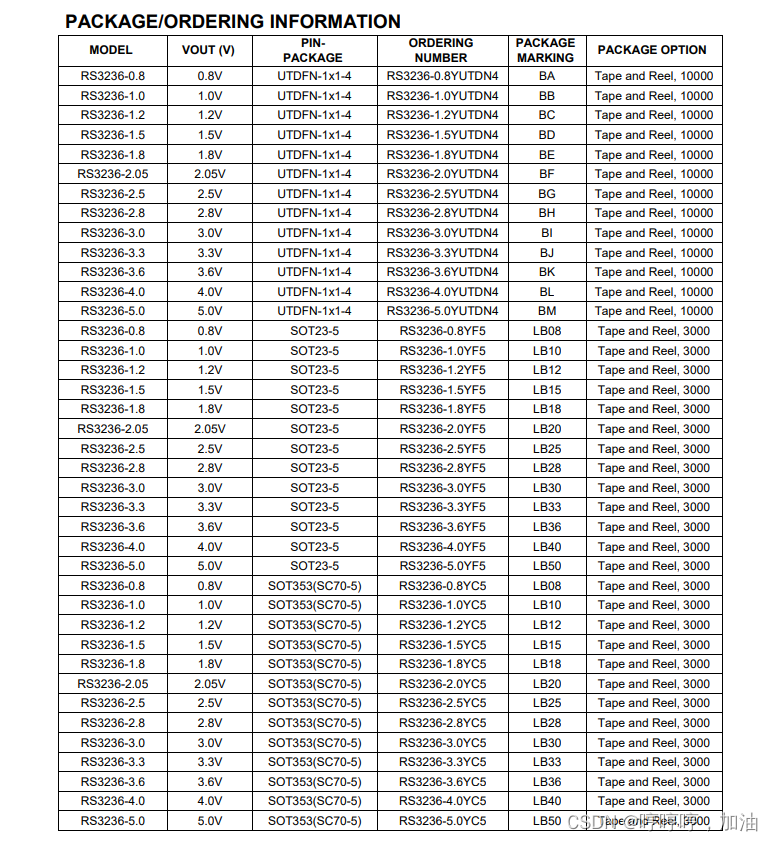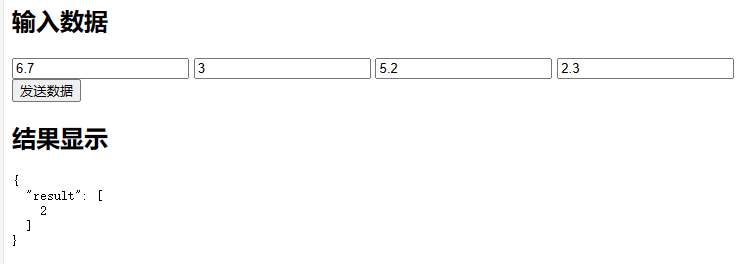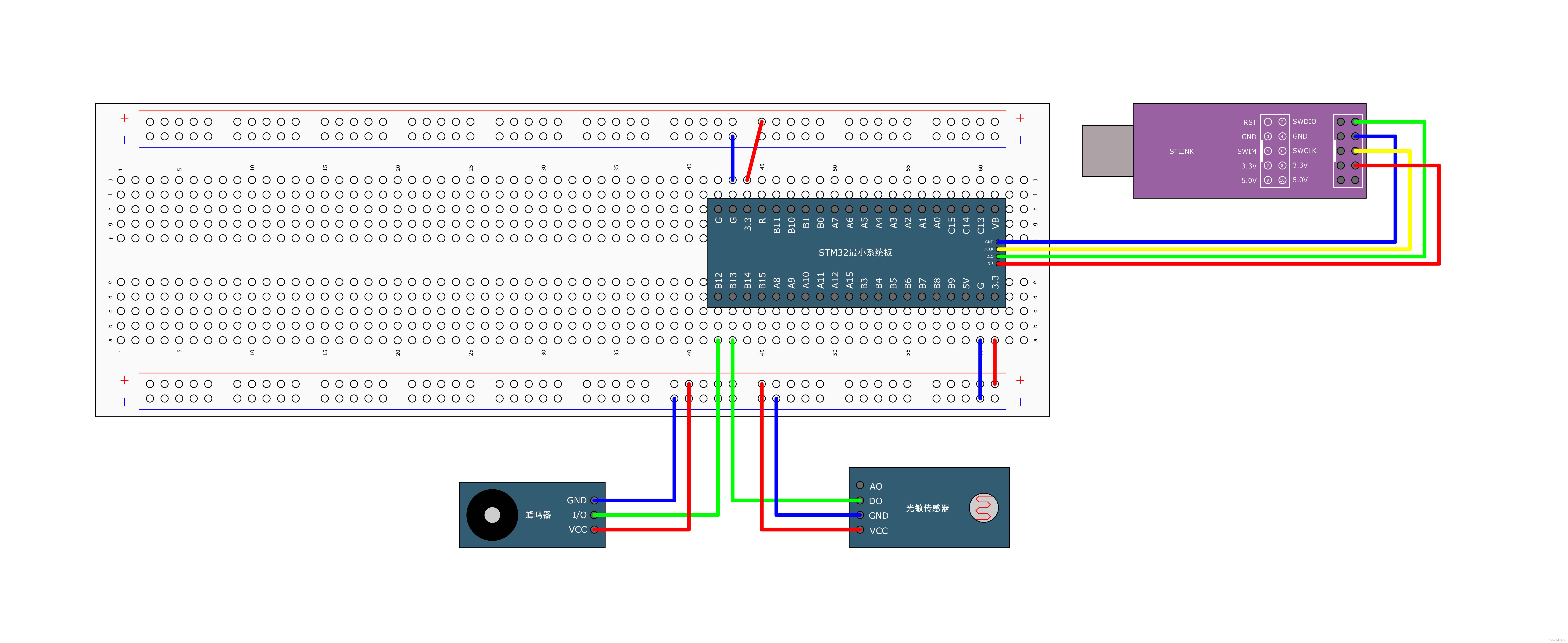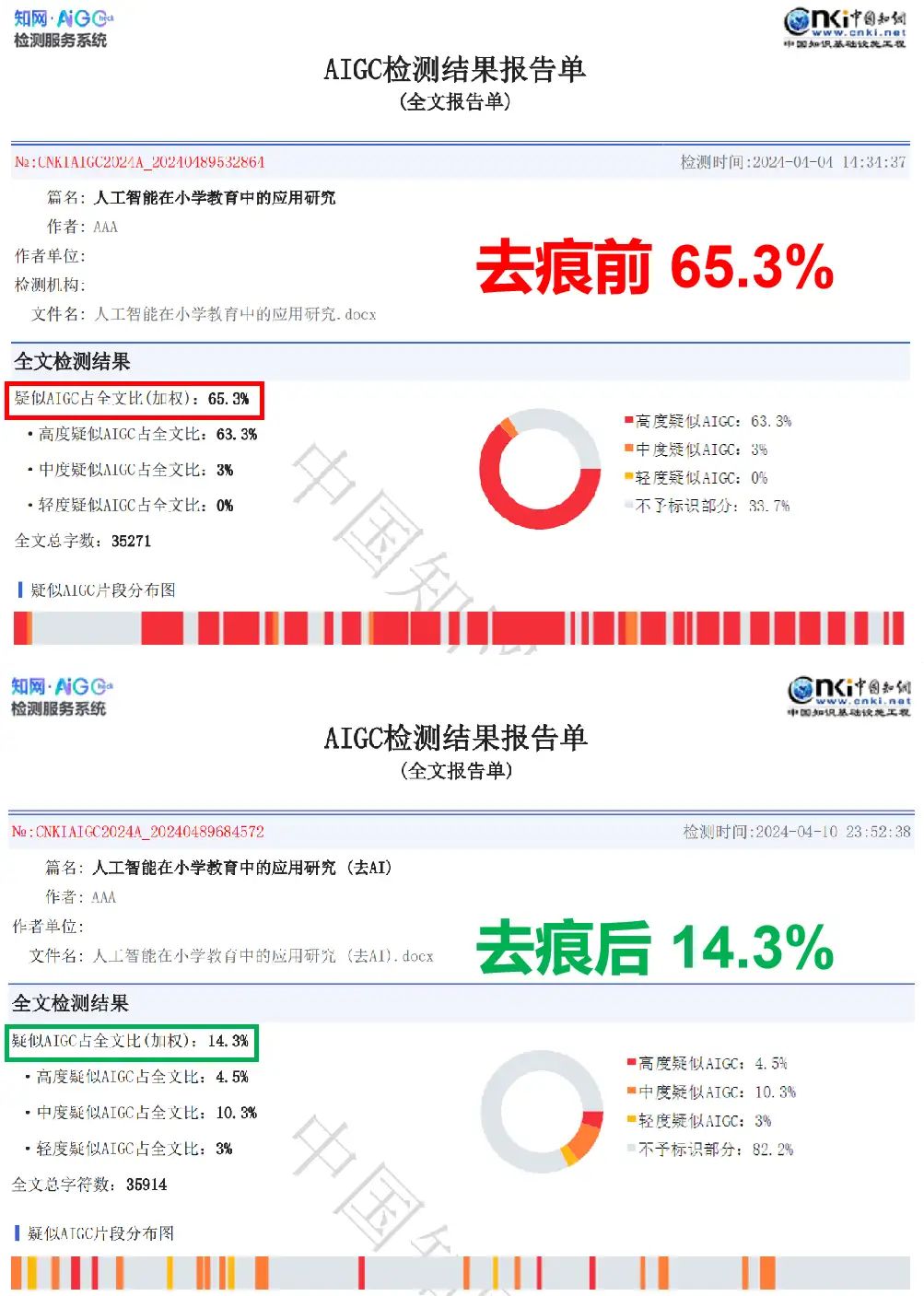减少冗长变量声明的代码行数有几种方法,具体取决于编程语言和上下文。以下是一些常见的技巧:

问题背景
在编写代码时,经常需要定义许多变量和参数。如果这些变量和参数过多,会导致代码行数增加,可读性降低。例如,以下代码使用了 argparse 库来解析命令行参数:
# Standard input module to absorb commands from CLI
parser = argparse.ArgumentParser(description='User inputs source and destination tables to transfer data.')
parser.add_argument('src_table', help='Source table not supplied.', type=str)
parser.add_argument('dest_table', help='Destination table not supplied.', nargs='?', type=str) # optional arg
parser.add_argument('instance_object', help='New item not supplied.', nargs='?', type=str)
parser.add_argument('instance_id', help='Item ID not supplied.', nargs='?', type=int)
args = parser.parse_args()
src_table = args.src_table
dest_table = args.dest_table
解决方案
为了减少代码行数,可以使用变量组和字典来存储变量和参数。例如,以下代码使用变量组来存储所有的变量和参数:
parser = argparse.ArgumentParser(description='User inputs source and destination tables to transfer data.')
group = parser.add_mutually_exclusive_group(required=True)
group.add_argument('src_table', help='Source table not supplied.')
group.add_argument('dest_table', help='Destination table not supplied.')
parser.add_argument('instance_object', help='New item not supplied.', nargs='?', type=str)
parser.add_argument('instance_id', help='Item ID not supplied.', nargs='?', type=int)
args = parser.parse_args()
使用变量组后,代码行数从 10 行减少到了 6 行。
另一种减少代码行数的方法是使用字典来存储所有的变量和参数。例如,以下代码使用字典来存储所有的变量和参数:
parser = argparse.ArgumentParser(description='User inputs source and destination tables to transfer data.')
args = parser.parse_args()
variables = {
'src_table': args.src_table,
'dest_table': args.dest_table,
'instance_object': args.instance_object,
'instance_id': args.instance_id
}
使用字典后,代码行数从 10 行减少到了 5 行。
代码例子
以下代码演示了如何使用变量组和字典来减少冗长变量声明的代码行数:
import argparse
# Standard input module to absorb commands from CLI
parser = argparse.ArgumentParser(description='User inputs source and destination tables to transfer data.')
# 使用变量组来存储所有的变量和参数
group = parser.add_mutually_exclusive_group(required=True)
group.add_argument('src_table', help='Source table not supplied.')
group.add_argument('dest_table', help='Destination table not supplied.')
parser.add_argument('instance_object', help='New item not supplied.', nargs='?', type=str)
parser.add_argument('instance_id', help='Item ID not supplied.', nargs='?', type=int)
# 使用字典来存储所有的变量和参数
args = parser.parse_args()
variables = {
'src_table': args.src_table,
'dest_table': args.dest_table,
'instance_object': args.instance_object,
'instance_id': args.instance_id
}
# 使用变量组或字典来访问变量和参数
print(variables['src_table'])
print(variables['dest_table'])
print(variables['instance_object'])
print(variables['instance_id'])
输出结果
source_table
destination_table
instance_object
12345
这些技巧可以帮助我们减少冗长的变量声明,提高代码的可读性和简洁性。选择合适的技巧取决于我们的具体需求和编程语言的特性。如果有任何代码上的问题可以截图一起讨论。



















